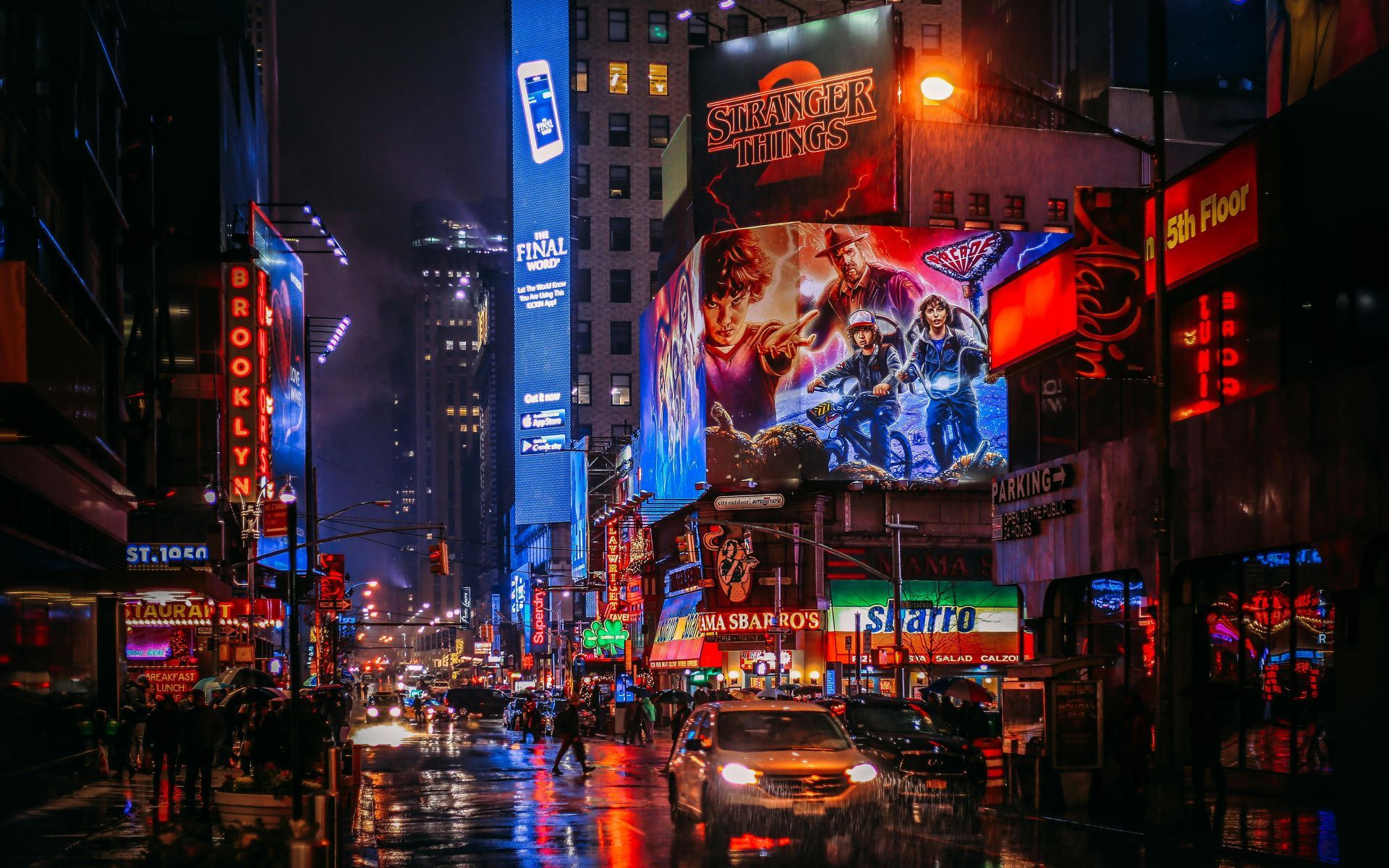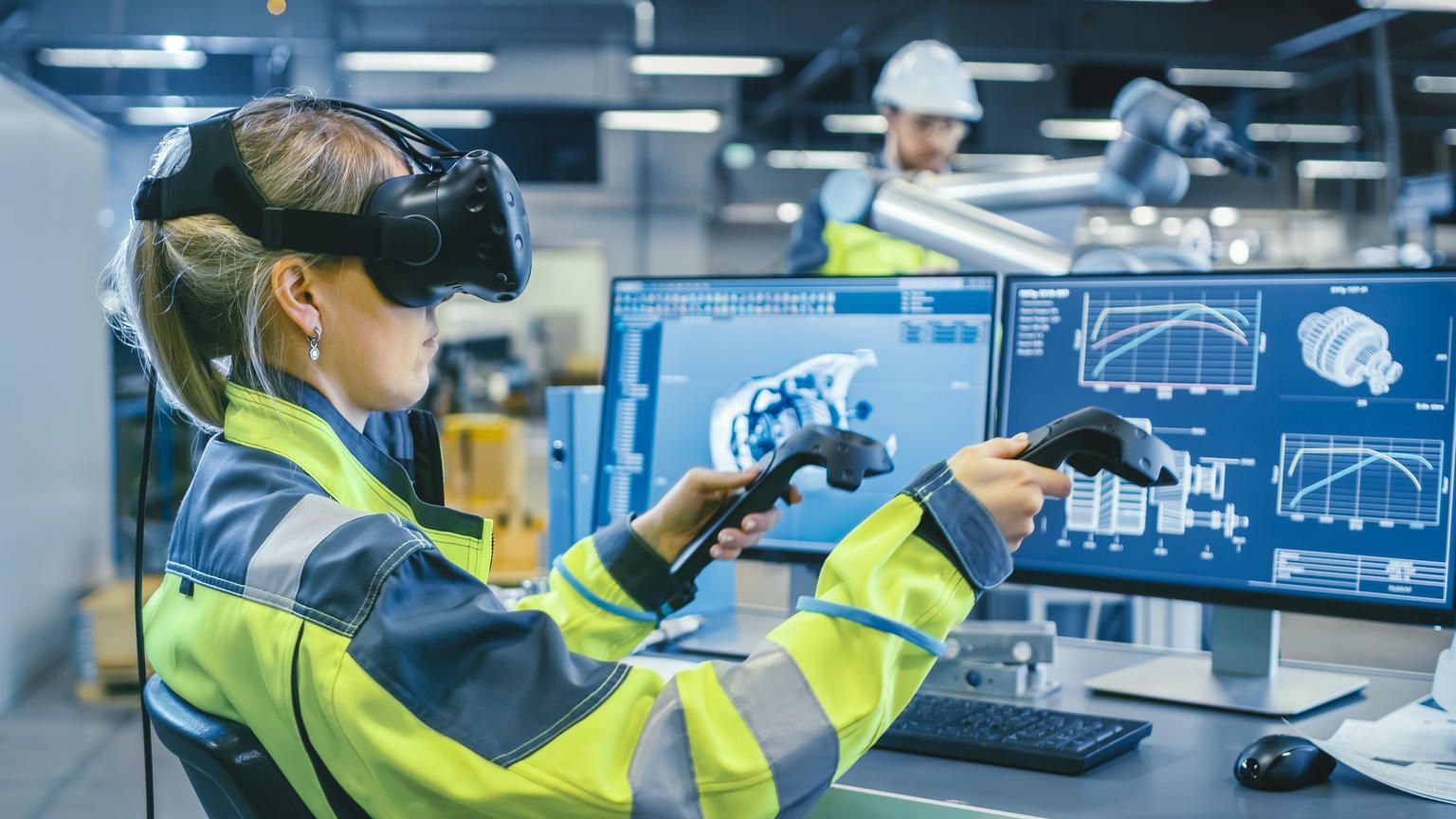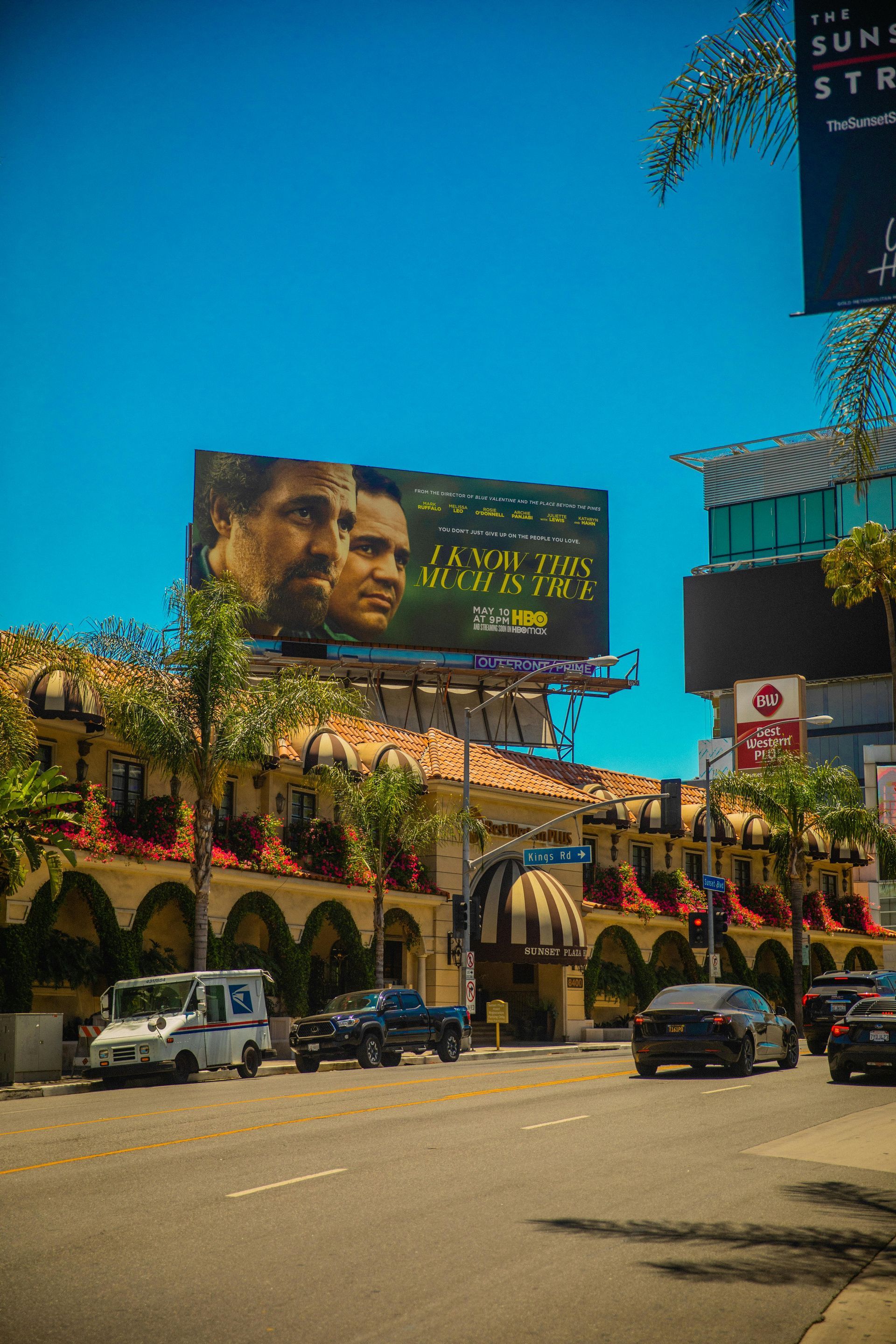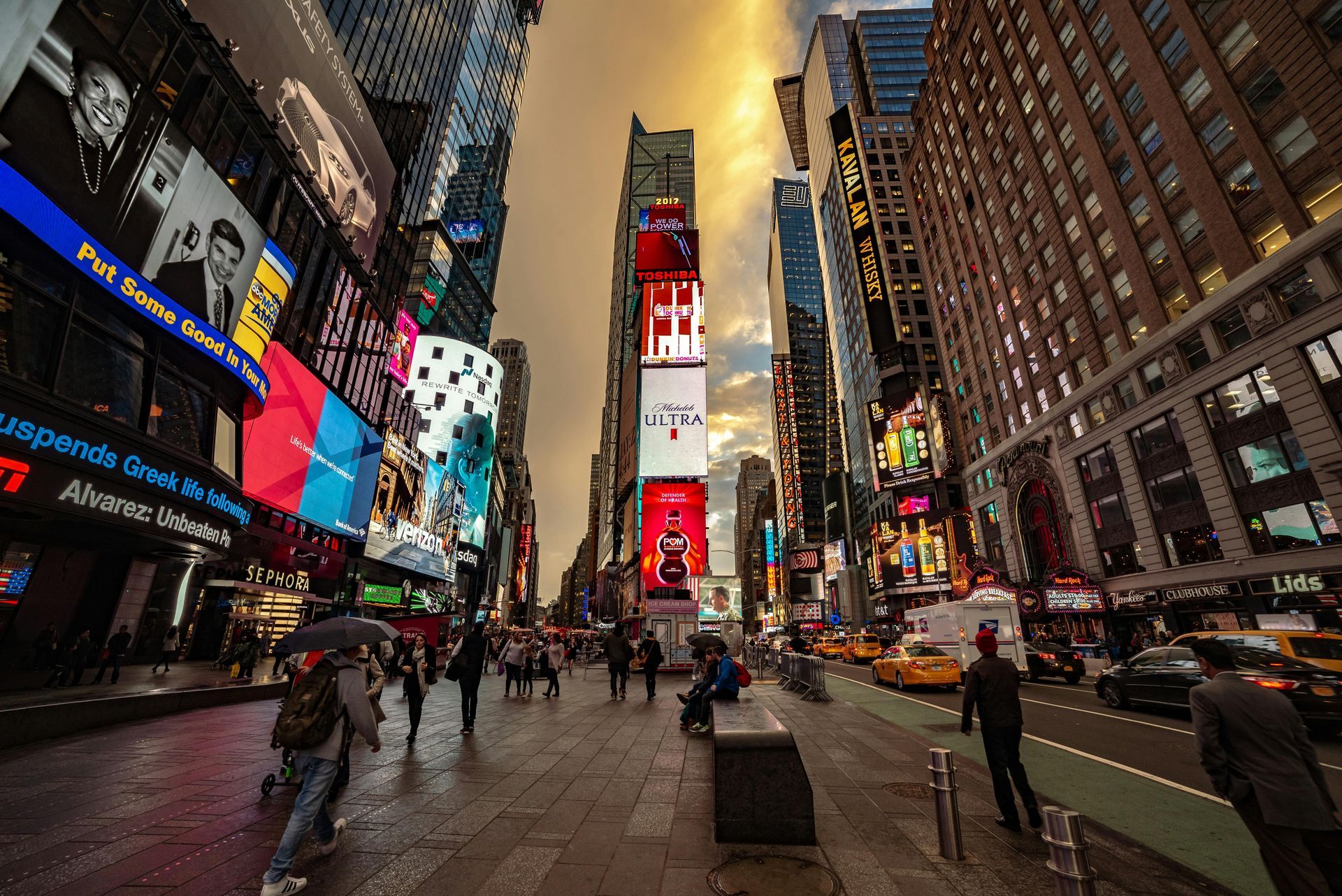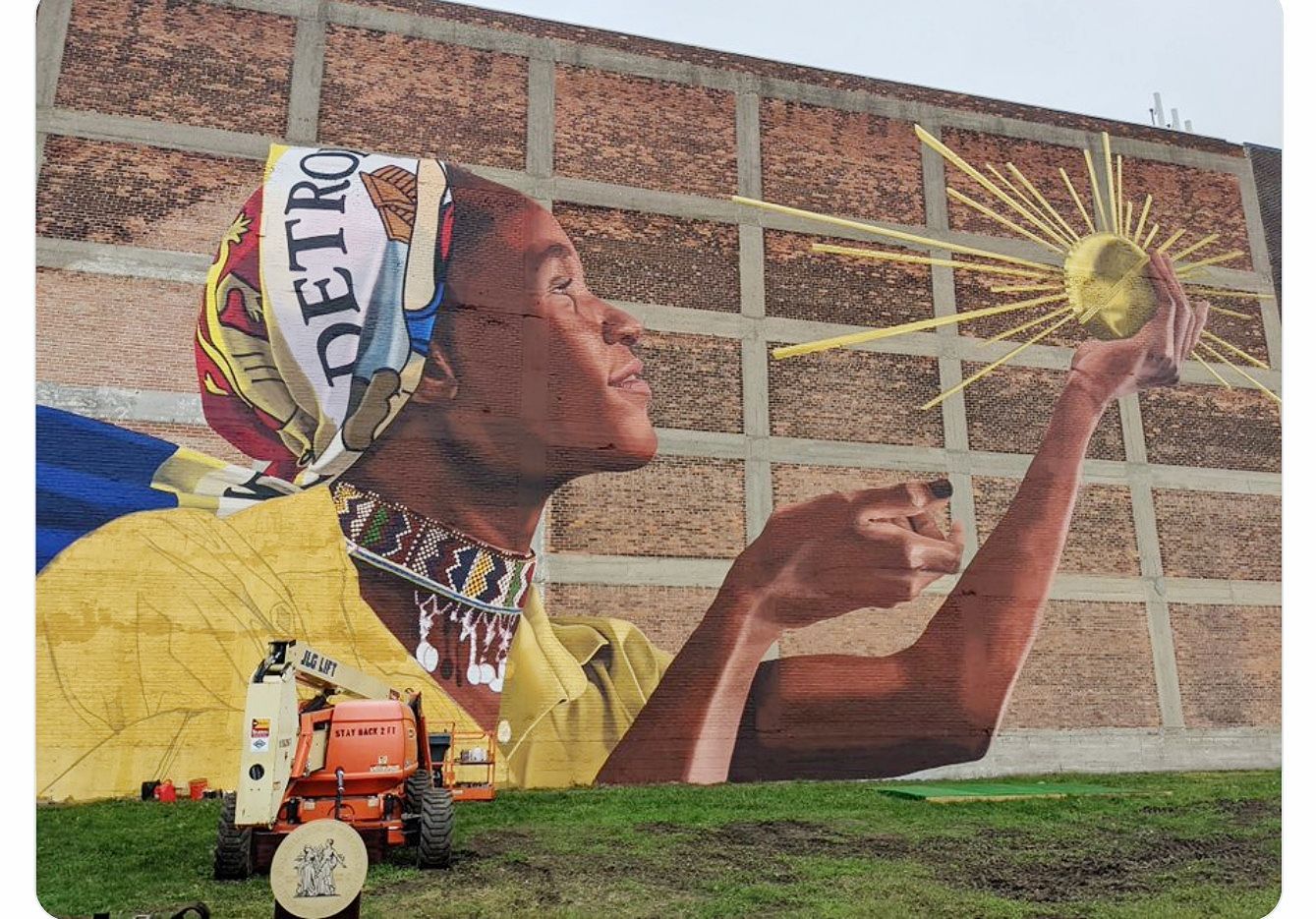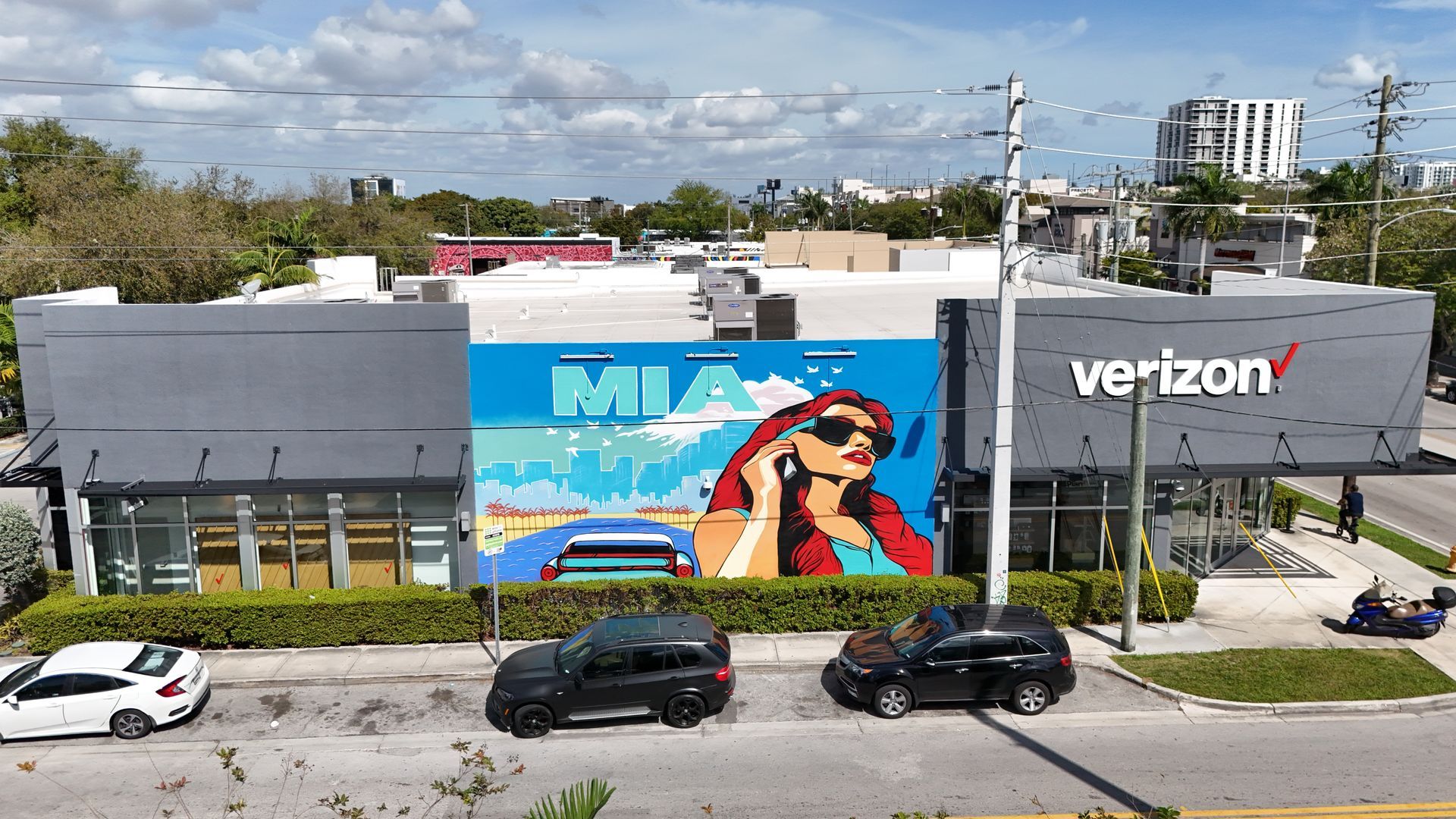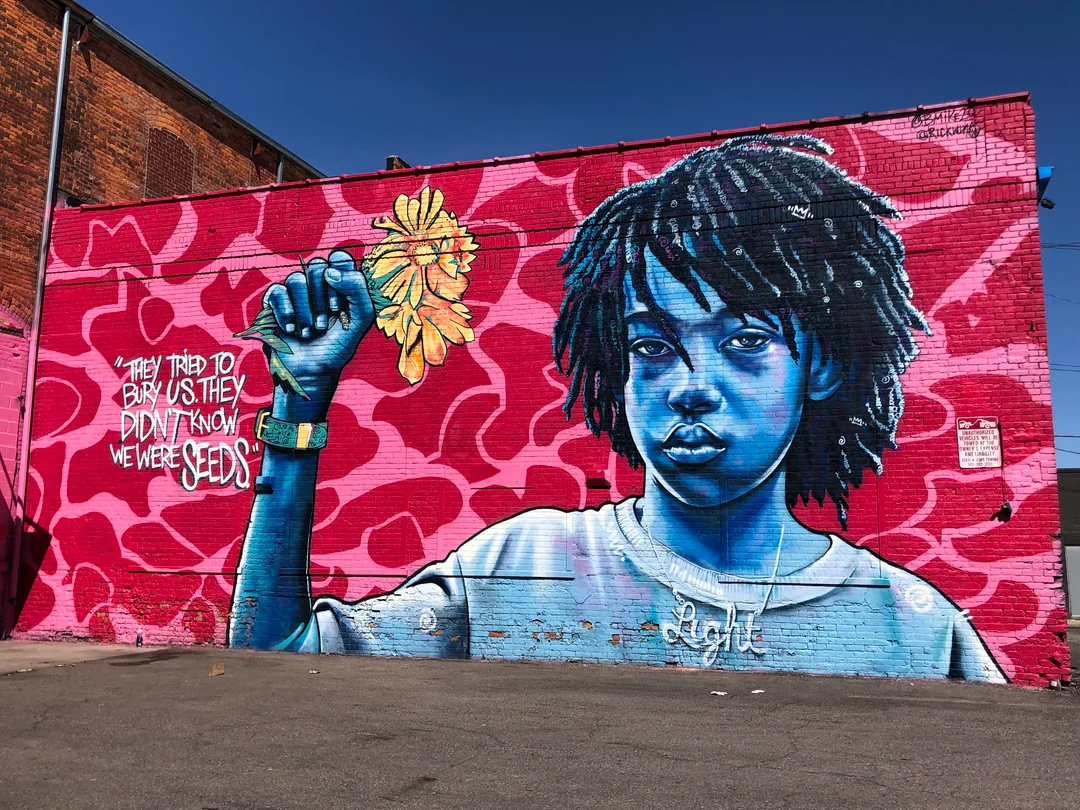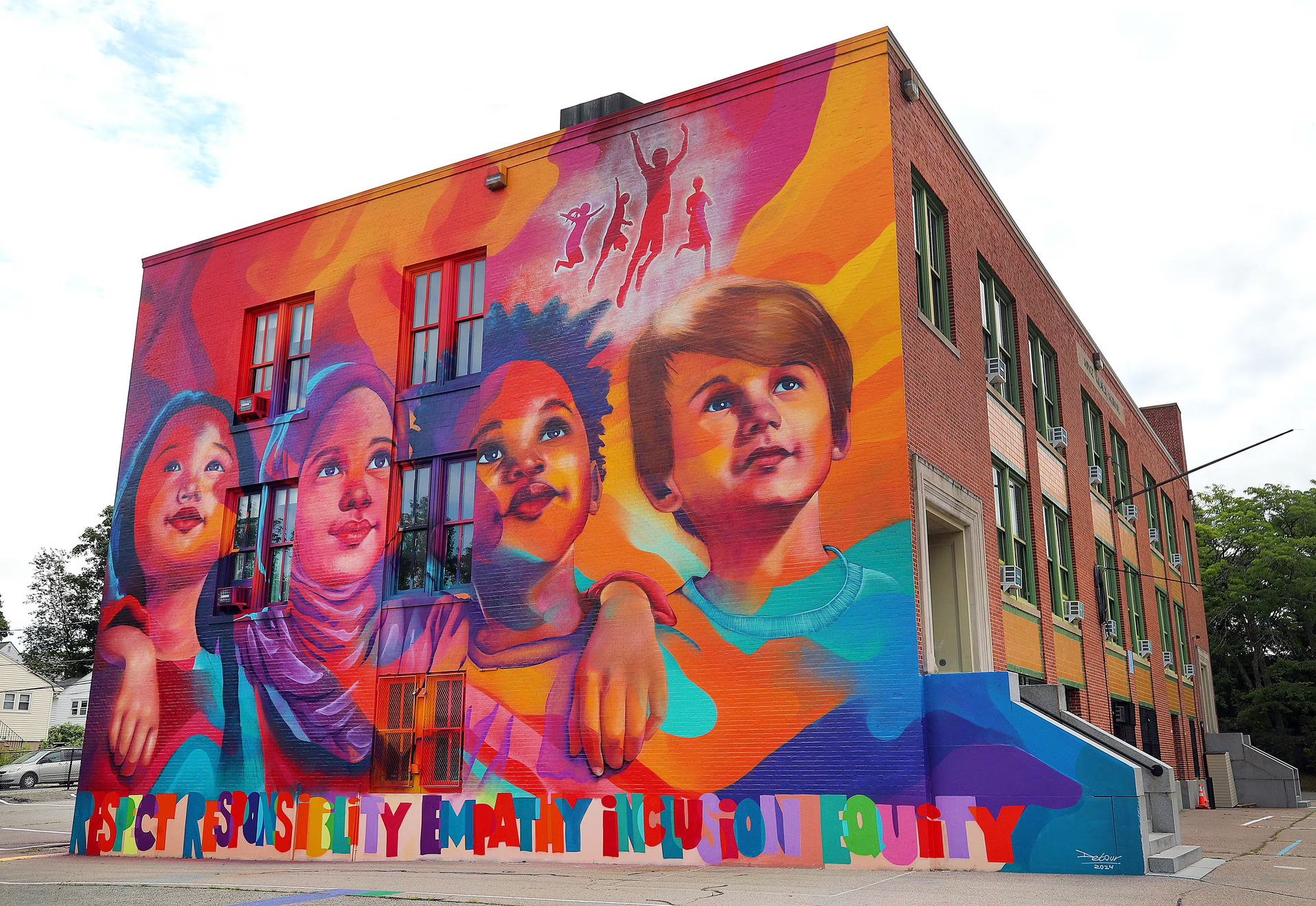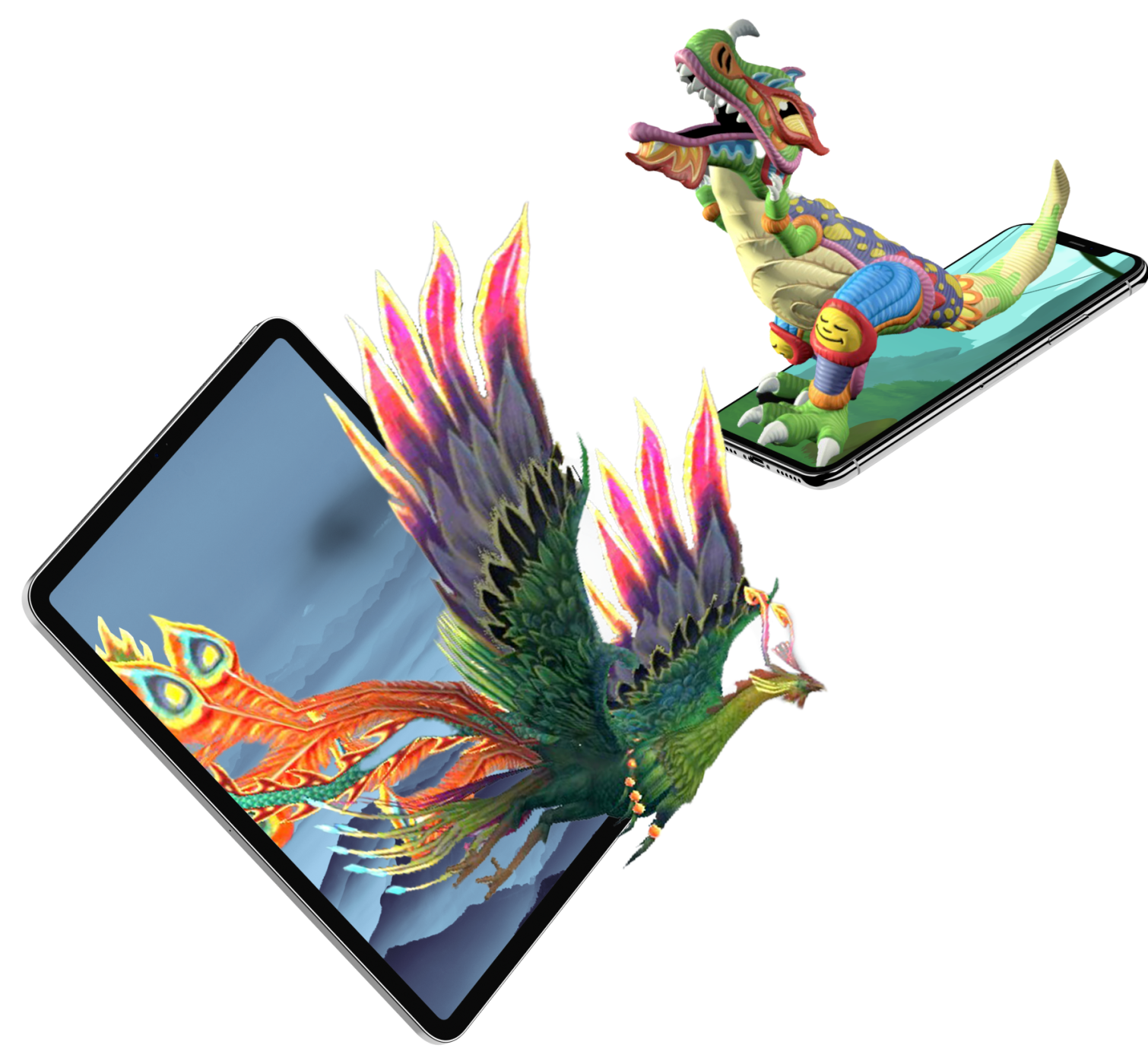Building Brands with OOH Advertising: A Comprehensive Guide
In today’s highly digital landscape, where ads are often skipped, blocked, or ignored, Out-of-Home (OOH) advertising has emerged as a powerful tool for brands aiming to capture attention in the real world. From dynamic digital billboards to creative transit ads, OOH advertising offers unique brand messaging opportunities that stand out in a crowded market. This article explores how OOH advertising can help build brands, enhance brand recognition, and drive long-term brand success.
The Broad Reach and Local Impact of OOH Advertising
OOH advertising offers an unparalleled combination of broad reach and local impact. According to industry reports, OOH media reaches a significant portion of the population weekly, making it an essential component of any comprehensive marketing strategy. By strategically placing ads in high-traffic areas, such as transit hubs and popular shopping districts, brands can connect with their target audience where they live, work, and play.
One of OOH advertising's key strengths is its ability to provide geographically targeted campaigns. Marketers can place ads in specific locations where their target demographic is most likely to be, ensuring their message is both seen and relevant. This local relevance builds strong connections with consumers at the community level, enhancing the campaign's overall effectiveness.
Capturing Attention with Visual Impact
In an age of digital overload, OOH advertising cuts through the noise with its sheer visual impact. Unlike digital ads that can be easily skipped or blocked, OOH ads are designed to command attention. Whether it’s a massive billboard towering over a busy street or a creatively wrapped bus, OOH ads are impossible to ignore.
The creative possibilities with OOH advertising are virtually limitless. Brands can experiment with various formats, from static posters to dynamic digital content that changes based on real-time data. For instance, a digital billboard could display different messages depending on the time of day, weather conditions, or even traffic patterns, making the content more engaging and relevant to the audience. This use of real-time data not only captures attention but also reinforces brand messaging in a way that feels personalized and timely.
Consistent Brand Presence for Long-Term Success
Building a brand is not just about making a splash with a single campaign; it’s about maintaining a consistent presence over time. OOH advertising excels in providing this consistent visibility, which is crucial for fostering brand recognition and recall. When consumers encounter a brand repeatedly across different OOH media—on street furniture, transit ads, or digital billboards—it reinforces their perception of the brand, making it more memorable in the long run.
Consistency in brand messaging across various OOH formats also helps establish trust and reliability. Consumers are more likely to remember and trust a brand that they see frequently and in different contexts. This consistent brand presence is a cornerstone of long-term brand building, ensuring that the brand remains top-of-mind for consumers.
Driving Online Engagement Through OOH Advertising
Contrary to the belief that OOH and digital marketing are mutually exclusive, they complement each other effectively. Modern OOH campaigns often incorporate elements that drive online engagement, such as QR codes, social media hashtags, and URLs. These elements encourage consumers to interact with the brand online, whether visiting a website, engaging on social media, or purchasing.
For example, an OOH ad featuring a QR code can lead consumers to a landing page or promotional offer, bridging the gap between the physical and digital worlds. This seamless integration of offline and online marketing efforts enhances the campaign's reach and provides measurable results that marketers can track and analyze.
Enhancing Brand Recognition with Transit Ads and Street Furniture
Transit ads and street furniture are among the most effective OOH formats for enhancing brand recognition. Transit ads, such as those on buses, trains, and subways, offer moving canvases that reach a wide and diverse audience. These ads are particularly effective in urban areas where public transportation is heavily used, ensuring the brand message reaches commuters and pedestrians throughout the day.
Street furniture, including bus shelters, kiosks, and benches, allows brands to connect with their audience in a more intimate and local setting. These placements are often in high-traffic areas, such as shopping districts or near schools, where they can capture the attention of pedestrians and drivers alike. The static nature of street furniture ads allows for extended exposure, increasing the likelihood of brand recall.
Leveraging Digital OOH for Dynamic Content
The rise of digital OOH (DOOH) has revolutionized how brands engage with their audience. Digital screens offer the flexibility to display dynamic content tailored to specific audiences or conditions. For example, a brand could run a DOOH campaign that changes its messaging based on the time of day, local events, or even the demographics of people passing by.
This dynamic content capability allows brands to create more personalized and contextually relevant ads, which can lead to higher engagement rates. Additionally, the ability to update content in real-time means that brands can respond quickly to changes in the market or to current events, keeping their messaging fresh and timely.
Measuring the Impact of OOH Campaigns
One of the challenges of traditional OOH advertising has been measuring its effectiveness. However, technological advancements have made tracking the impact of OOH campaigns easier. Brands can now use real-time data collection and analysis tools to measure foot traffic, brand recall, and even conversions resulting from OOH ads.
For instance, using geolocation data, brands can track how many people passed by an OOH ad and how many visited the brand’s website or store afterward. Surveys and brand recall studies can also provide insights into how well the OOH campaign resonated with the target audience. These metrics allow marketers to optimize their campaigns and demonstrate ROI, making OOH advertising more attractive for brand building.
The Power of Social Media Amplification
OOH advertising doesn’t stop at the physical ad itself; it often extends into the digital realm through social media. Consumers frequently share photos of eye-catching OOH ads on platforms like Instagram and Twitter, amplifying the campaign's reach far beyond its original placement. This organic sharing can create a viral effect, where the brand message spreads quickly across social media, reaching a broader audience.
Encouraging this kind of user-generated content can significantly enhance the effectiveness of an OOH campaign. By creating visually stunning and memorable ads, brands can inspire consumers to share their experiences online, increasing brand awareness and engagement.
Conclusion: The Enduring Power of OOH Advertising
OOH advertising remains vital for building brands in today’s fragmented media landscape. Its ability to capture attention in the real world, provide consistent brand visibility, and drive online engagement makes it an essential component of any integrated marketing strategy. By leveraging the strengths of OOH advertising, from transit ads and street furniture to digital OOH and social media amplification, brands can create lasting connections with their audience, enhancing brand recognition, recall, and long-term success.
In an era where digital ads are often overlooked, OOH advertising offers a tangible and impactful way to build brands in the real world. As marketers continue to explore new and innovative ways to engage their audience, OOH advertising will undoubtedly remain at the forefront of brand-building strategies.
TALK TO A PRO
We're here to bring your brand to life!
Stay Connected with BrandXR
Create Augmented Reality for Free!
Create, Publish, and Measure 3D Augmented Reality Experiences Without Having to Code.
